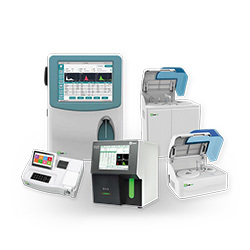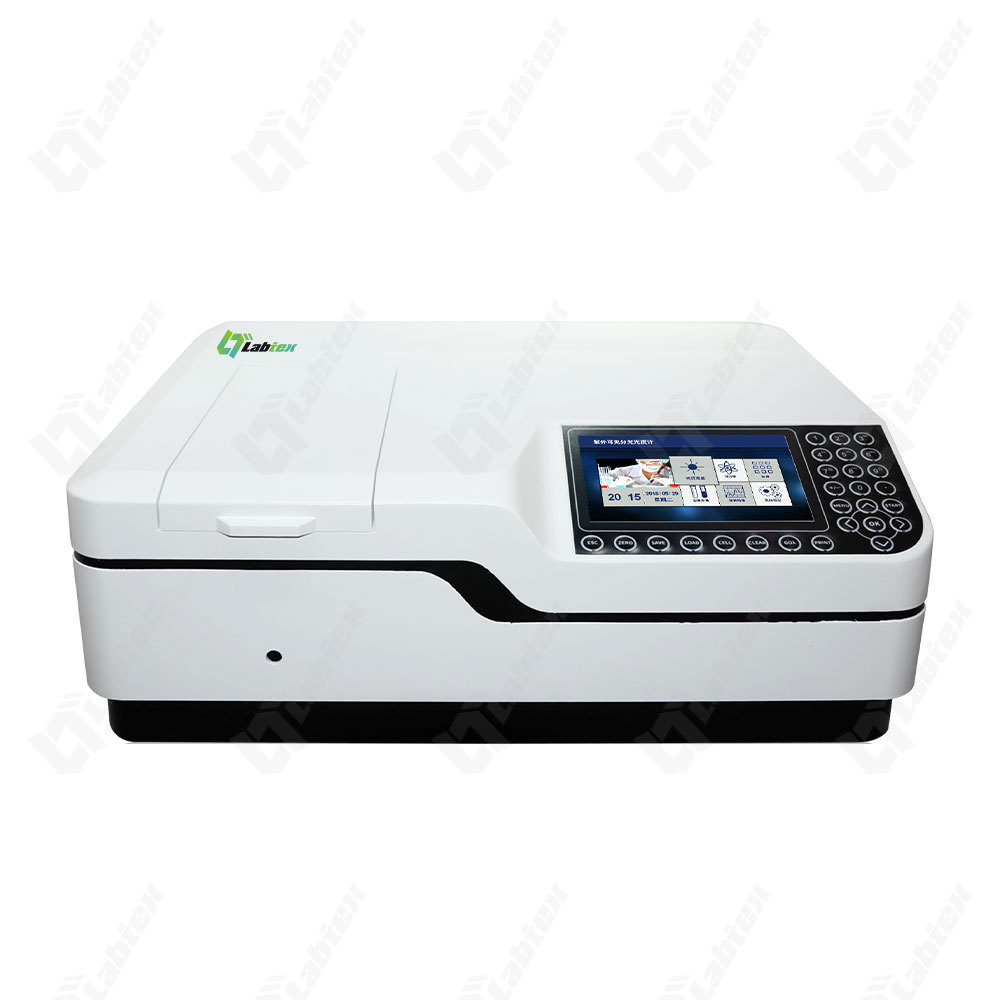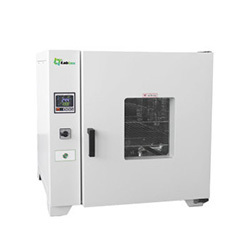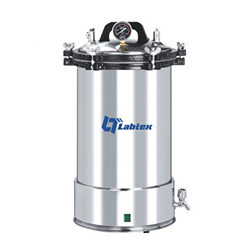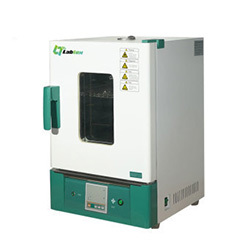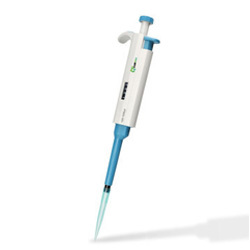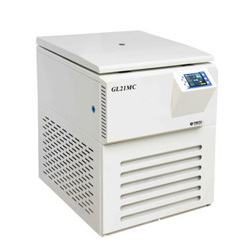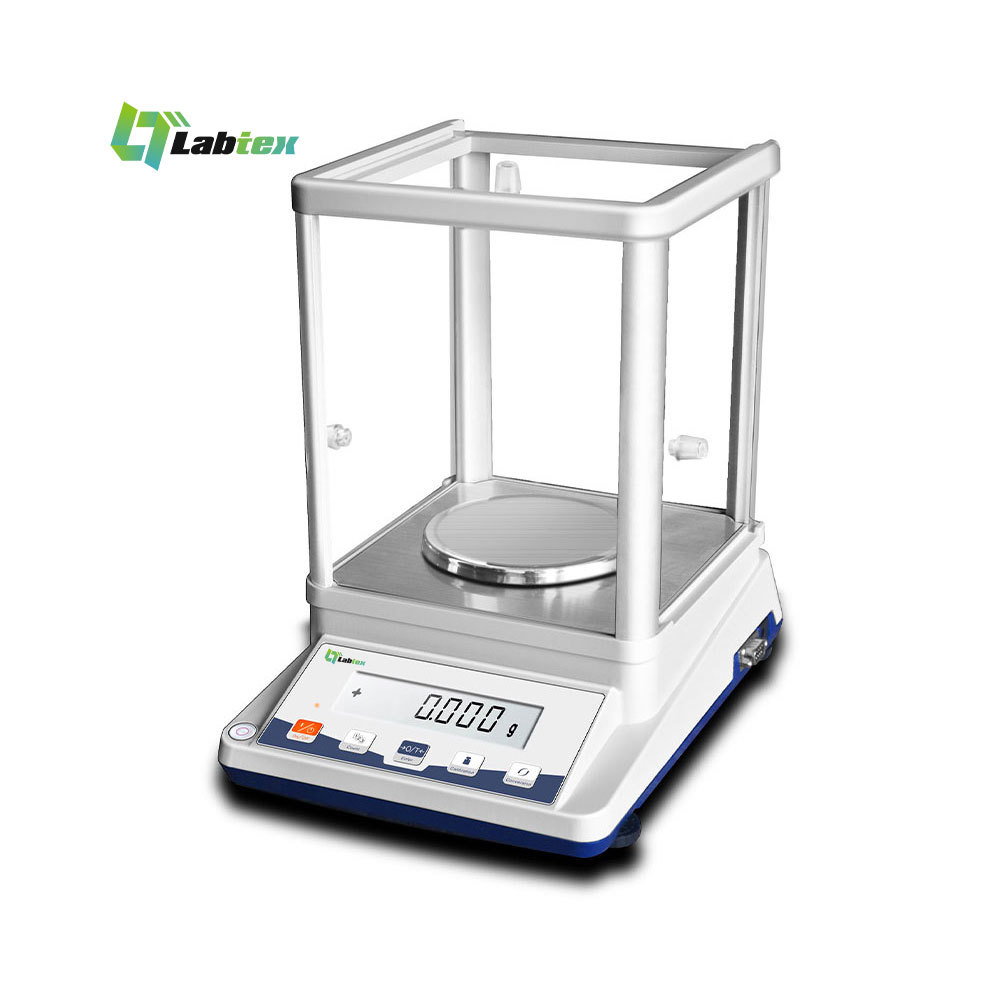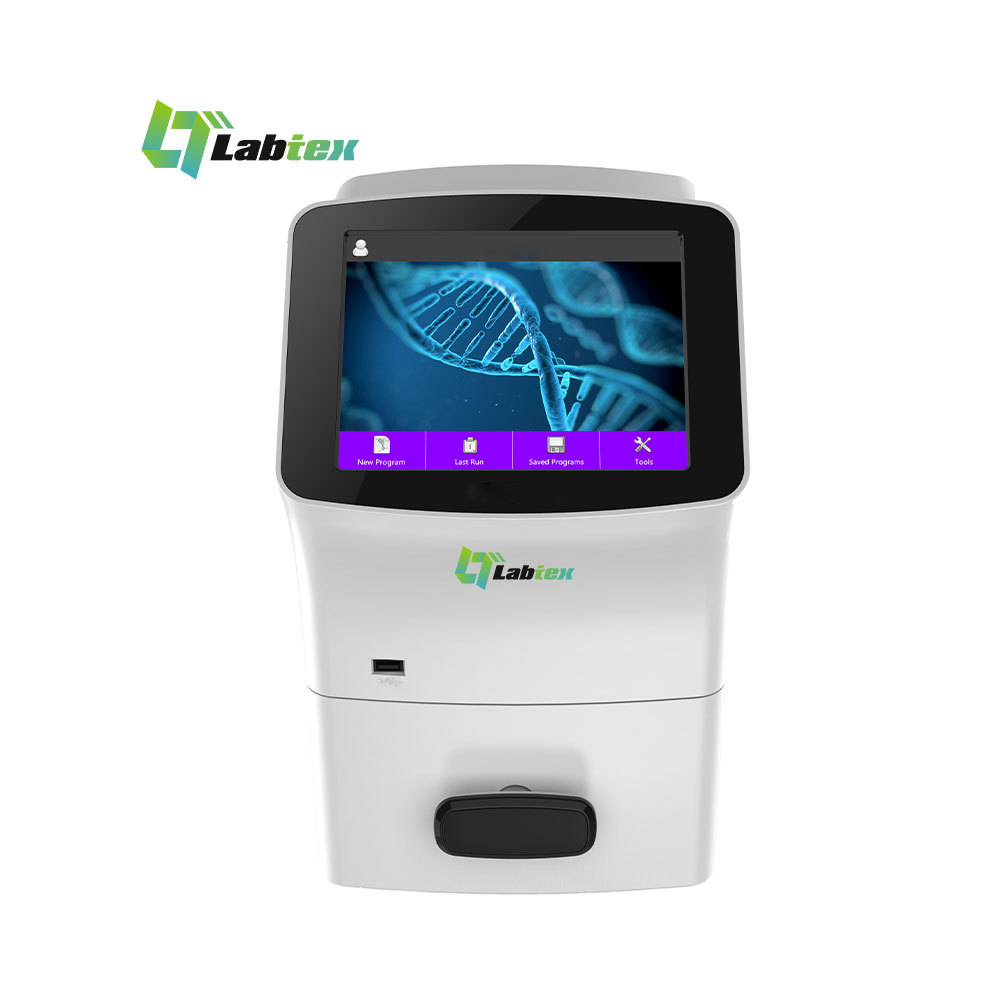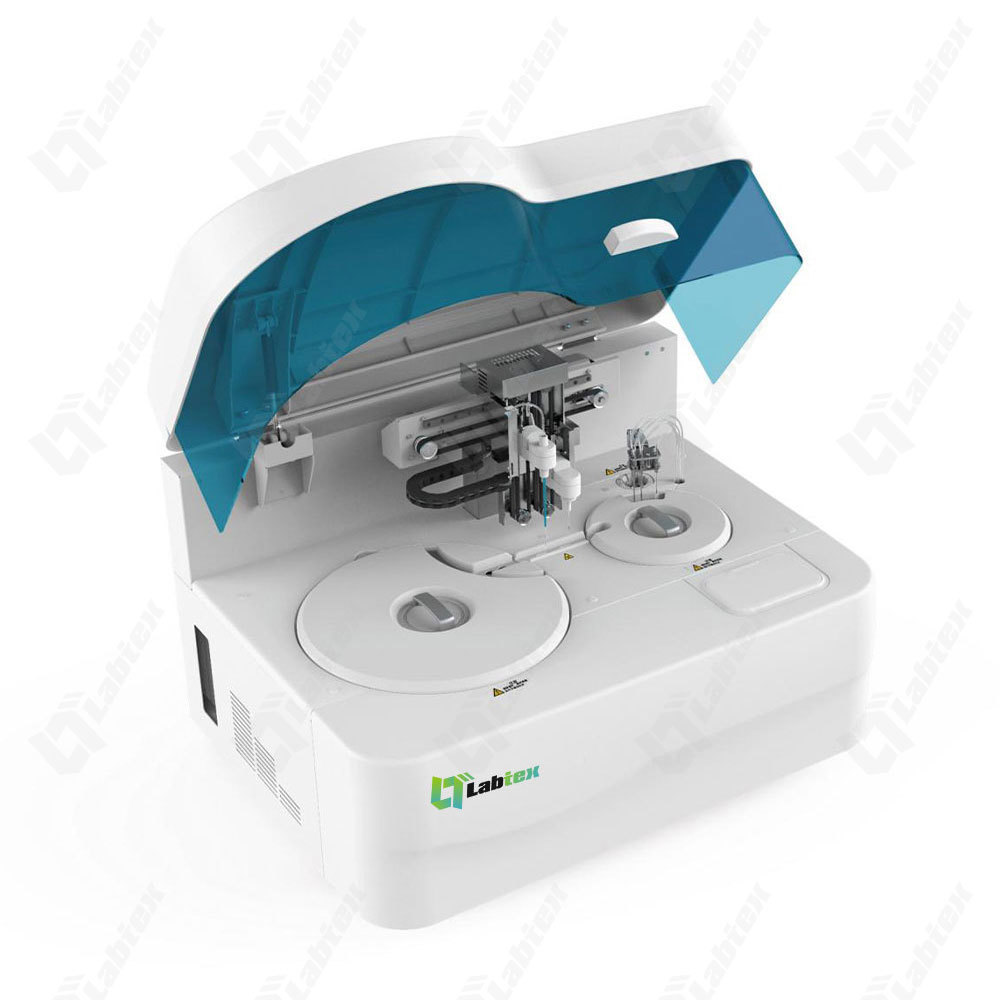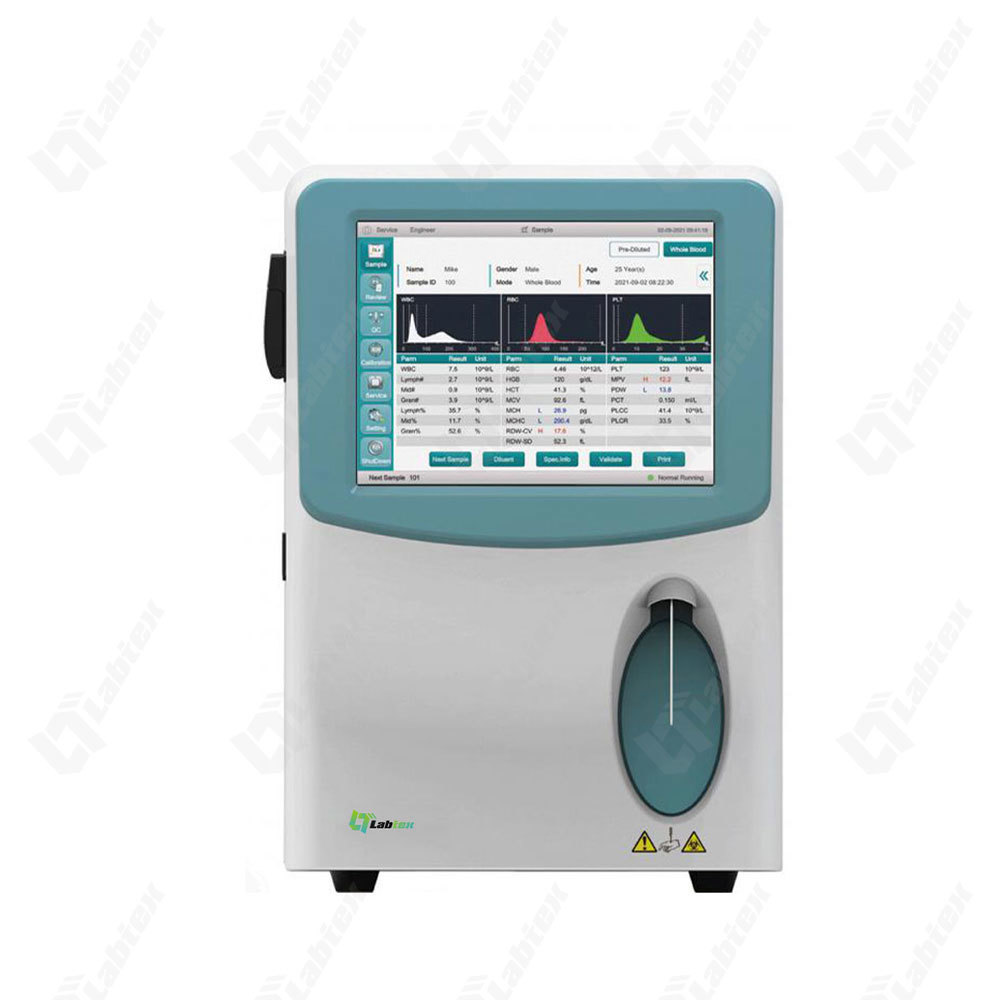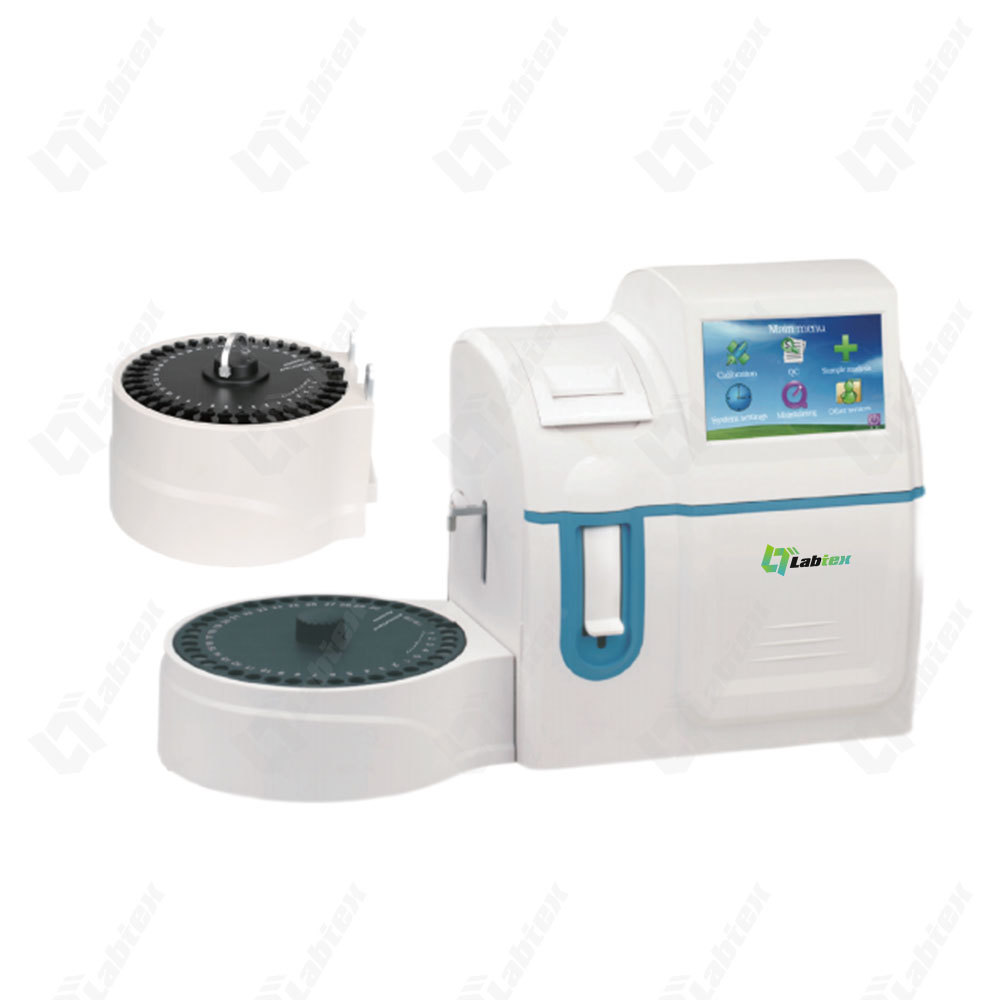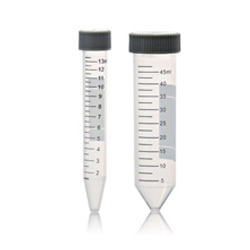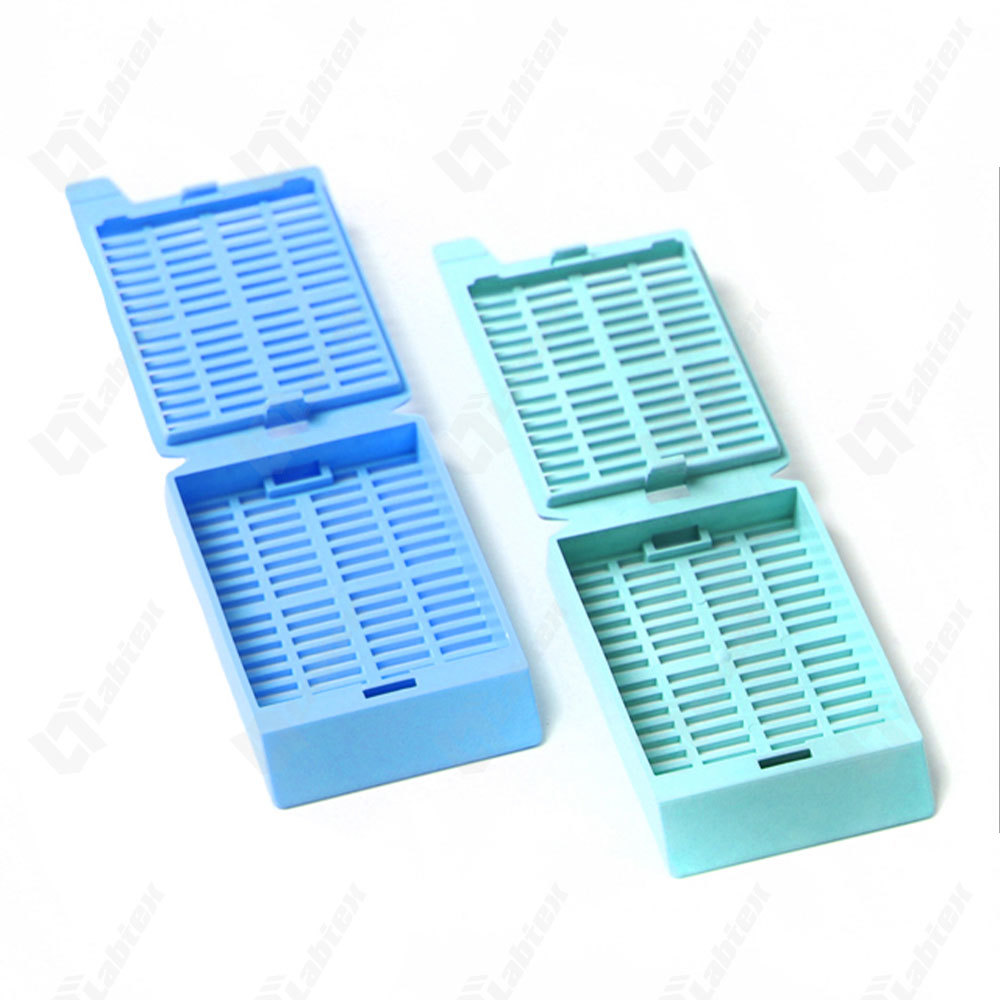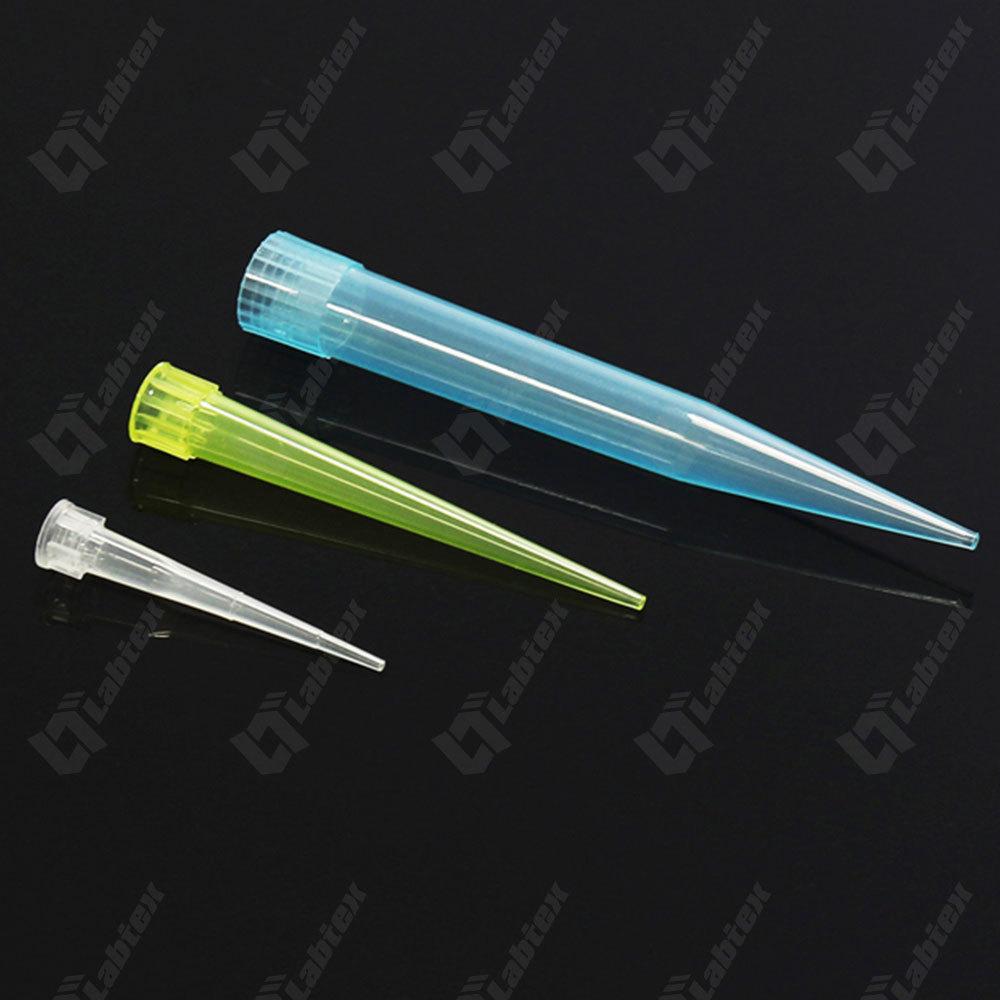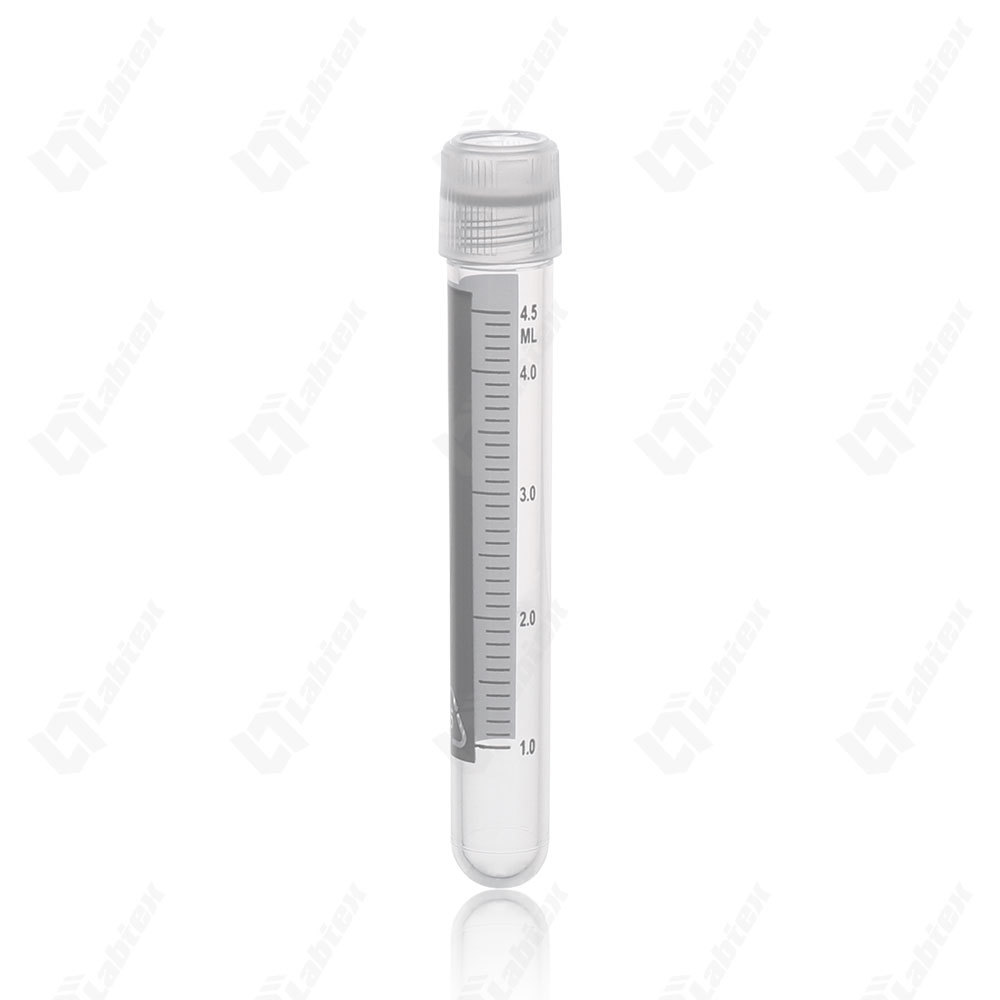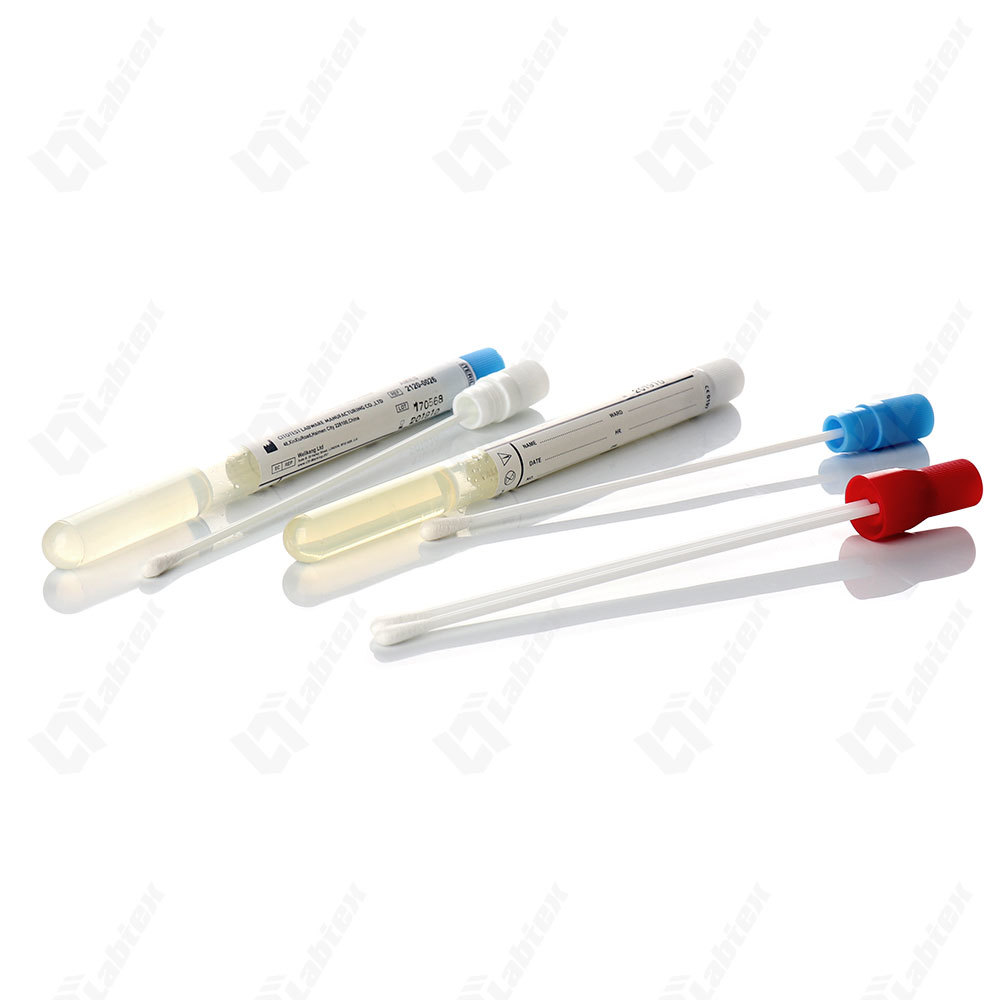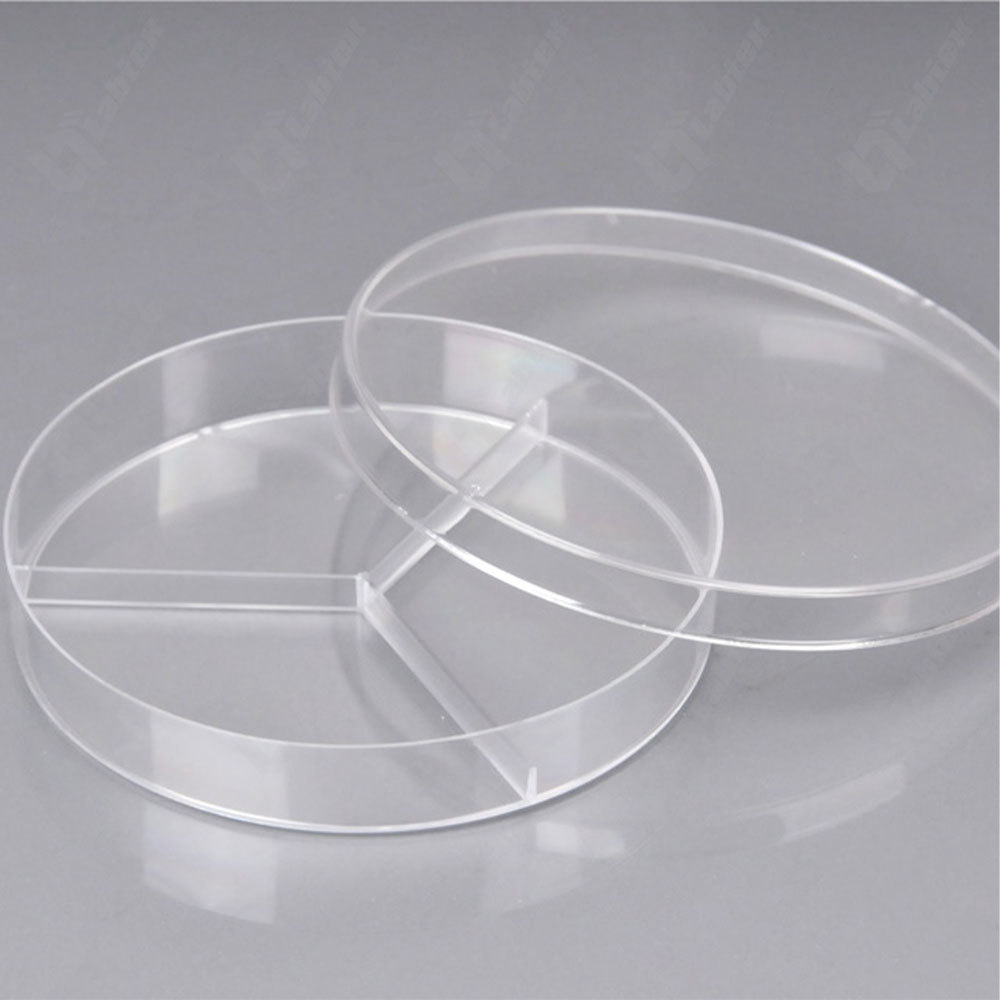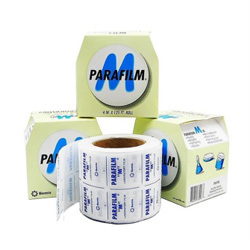Welcome to the official website of Labtex Biotech China Co., Ltd.
Tel: +8615666779750 Email: info@labtex.cn
What are the classifications of centrifuges?


A centrifuge is a machine that uses centrifugal force to accelerate the separation of different materials that need to be separated. Centrifuges are widely used in industries such as chemical, petroleum, food, pharmaceutical, mineral processing, coal, water treatment, and shipbuilding.
The main principle of a filter centrifuge is to use the centrifugal force generated by a high-speed operating centrifugal drum (combined with appropriate filter materials) to accelerate the liquid phase in the solid-liquid mixture out of the drum, while leaving the solid phase in the drum, achieving the effect of separating solid and liquid, or commonly known as dehydration.
The main principle of the sedimentation centrifuge is to accelerate the sedimentation rate of different specific gravity components (solid or liquid phase) in the mixture through the strong centrifugal force generated by the high-speed rotation of the rotor, and separate the materials with different sedimentation coefficient and buoyancy density in the sample.
Centrifuges are widely used in departments such as mineral processing, coal, water treatment, and shipbuilding.
Centrifuge shall be selected according to the size and concentration of solid particles in suspension (or emulsion), density difference between solid and liquid (or two liquids), liquid viscosity, and characteristics of filter residue (or sediment).
Related News
2023-05-18
Contact
Tel: +8615666779750
WhatsApp: +8615666779750
Email: info@labtex.cn
Address:No.8 Builiding, Shuntai Plaza, Jinan City, Shandong Province, China



